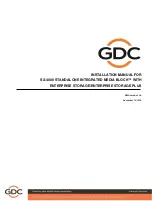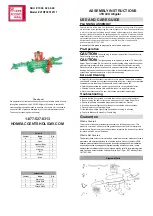
① Oxygen is produced in the positive plate in overcharge.
H2O→2H+ + 1/2 O2 + 2e
② The oxygen is diffused to the negative plate thorough the separator.
③ The oxygen combination with lead in the negative plate
Pb + 1/2O2 → PbO
④ The oxidized lead in the negative plate makes water by bonding with sulphuric acid for
a certain amount of lead to be in the discharged condition.
PbO + H2SO4 → PbSO4 + H2O
⑤ The discharged lead is to be in the new charged condition electrically and chemically to
form a complete cycle.
PbSO4 + 2H+ + 2e → Pb + H2SO4
Offsetting the right and the left, it become the original condition. That is, water
disappeared in the 十pole, is produced in 一pole.
For this, the generation of hydrogen gas in 一pole should be controled. It is possible by
reducing the hydrogen generation voltage(hydrogen overvoltage), which is possible by using
the calcium alloy as the existing antimony alloy cannot perform it.
2.2 Prevents generation of hydrogen gas from negative pole
The existing lead-antimony battery generates much hydrogen from negative pole when
charging it and this is due to less excessive voltage by generation of hydrogen on alloy plate
of lead and antimony. When charging VRLA battery the over voltage of hydrogen generating
was largely reduced by use of alloy grid of lead & calcium instead of alloy of lead &
antimony and with this the generation of hydrogen could be largely reduced.
2.3 Prevention of gas generation by adjustment of charging voltage.
To restrain or prevent from gas generation by causing not to be enhanced to the gas
generating point by charging voltage by setting forth ceiling of charging voltage of VRLA
battery. The ceiling voltage of charging VRLA battery is 2.46V/Cell (maximum 2.50V/Cell)
and prevent from gas generation so that charging voltage of any more may not be enhanced
and that takes in-charge of decisive role to enable this is the grid used lead & calcium.
The existing lead antimony battery generates more gas of 5-8 times than the VRLA battery
by charging voltage of 2.46V/Cell. In case VRLA battery extremely small amount of gas
generates out of charging voltage of 2.50V/Cell however, gas is not emitted outside of
battery because of this reduces to water again through gas recombination reacting process.


































